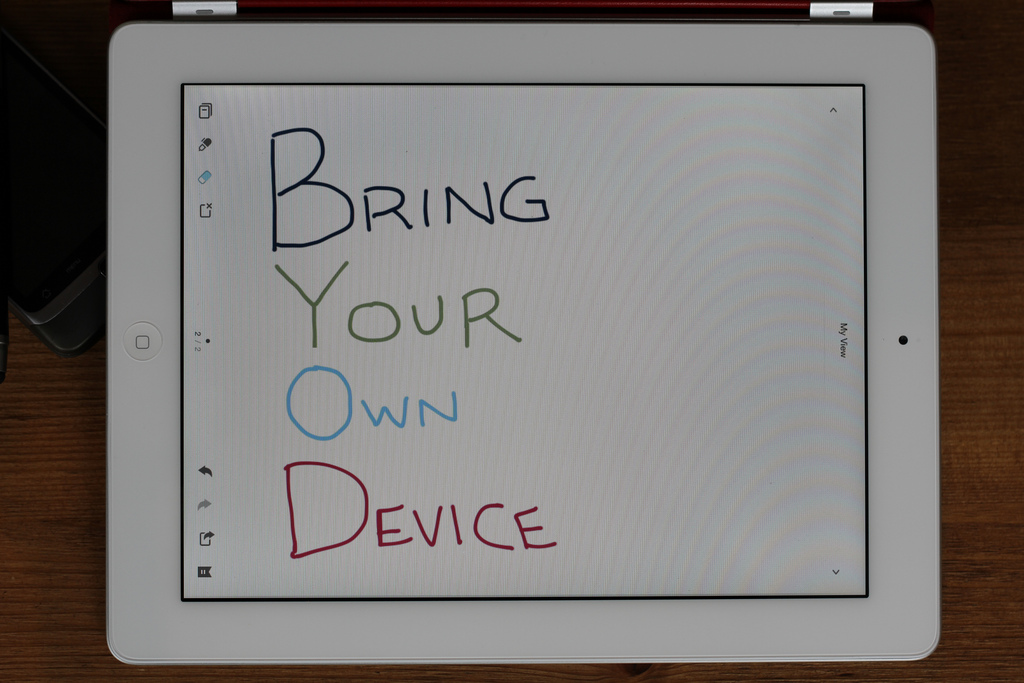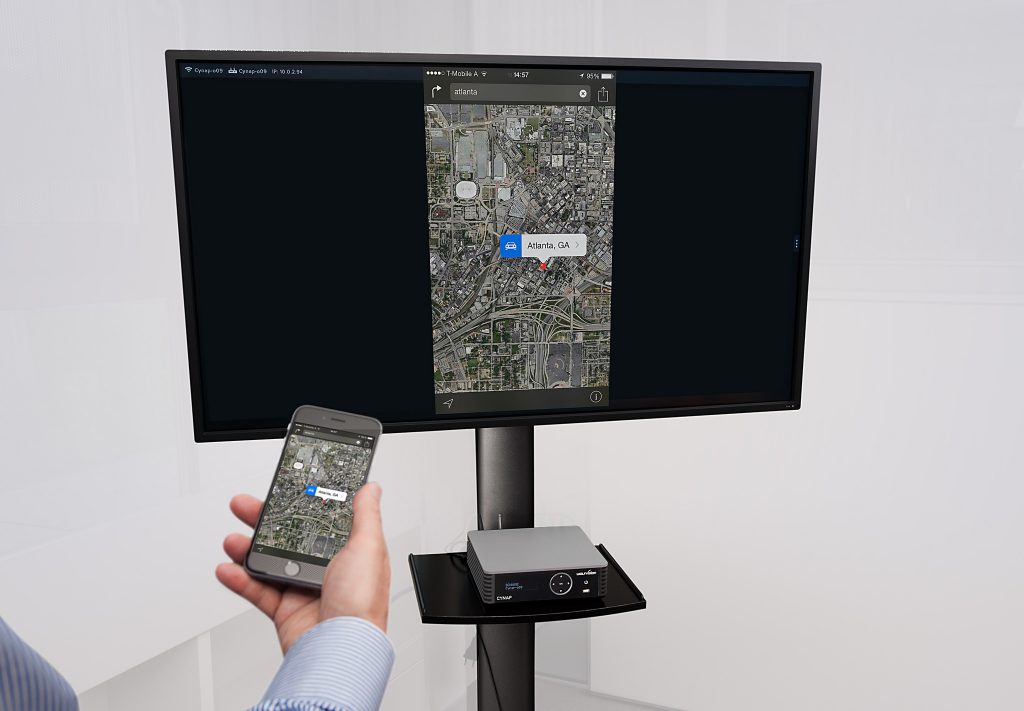The era of mobility is upon us and has been so for quite some time now. Even SMBs have adopted the liberal approach of bring your own device (BYOD), allowing people the flexibility to perform work from their mobile devices. Even in organizations where a formal BYOD program has not been launched, employees continue to bring mobile devices to the workplace and even perform work using them.
Why should you bother?

The benefits of BYOD are too much and too real to ignore for businesses. Employees are happier and more productive working on their devices. Then, they can work during a commute or while at home, and get more done at the same time. To manage crises at work, people can use their devices to perform urgent tasks and keep things afloat. For many businesses, BYOD is a huge money-saver, as it alleviates the need to provide advanced devices in the workplace.
If you’re just starting off on your organization’s BYOD journey, or ready to begin one, here are some best practices to keep in mind.
Make BYOD a perk
It takes a lot of self-discipline and sincerity to make the best use of any level of flexibility afforded by an organization. To set the foundation for a healthy BYOD culture at the workplace, make sure that people don’t take the flexibility for granted. Initially, the BYOD permission should be granted only to a select set of dependable employees. This should send out the right message to the rest of the team and help them understand the kinds of work-practices and attitude they must emulate to qualify for the honor of a BYOD permission.
Identify the right people and processes for BYOD
When you start BYOD in your organization, it’s crucial that you start with the right group. To identify this right group, you will need to interact with business team leaders and managers in order to understand the processes that are generally prone to problems because of lack of accessibility and flexibility. These processes and user groups are the ones where the flexibility of BYOD can deliver the maximum advantage. You will also benefit from the eager assistance you’re likely to get from this user group. Such an approach goes a long way in helping you define the KPIs and success indicators for your BYOD program.
Train people to separate business and personal work

It’s very important that your people understand what constitutes work and can keep it separate from their personal tasks on their devices. For instance, they must maintain separate directories to store business information. Similarly, you’d want employees to only use secured and credible applications from popular app stores, rather than lesser-known apps that perform the same function. For instance, an employee could be using a third-party mailbox app to bring together email feeds from all personal accounts. However, to access business email, you’d want them to use, for instance, Microsoft Outlook.
Retain the right to delete data remotely
Take it from us — there will be instances where an employee (who’s a part of the BYOD program) will quit suddenly, or might misplace or lose the device. In such a situation, you must be able to delete the data on the device remotely. Make sure you have a signed agreement and that the employee understands this to avoid any unsavory altercations when the time to exercise remote-deletion arrives.
Discuss the BYOD implications on employee privacy

A smartphone or a tablet is a very personal device. Note that such devices often mirror the location, lifestyles, and personal preferences of their owners. Personal email, Facebook, Instagram, Snapchat, Amazon shopping — it’s all going to happen on that device.
Because the device will be enrolled on your BYOD program, you will invariably get visibility of some of this information. For instance, you will be able to use the location tracking capabilities of these devices to know the location of an employee.
Your BYOD program should ideally include a privacy sensitization workshop, wherein employees are made to understand the implications of BYOD consent on the privacy of their device usage data.
Implement strong security practices
Maintaining device security in a BYOD program becomes the responsibility of both the company and the employee. From an organizational standpoint, you need to be prepared for the following aspects of security management.
- Consider the device platforms and operating systems you want to support.
- Devise a methodology to continuously and regularly patch BYOD program devices.
- Install a reliable antivirus program on all devices.
- Prepare a checklist of security upgrades that an employee-owned device has to go through, to be enrolled in the BYOD program.
- Implement rules for password complexity, and auto device-lock after a minimum viable inactivity period.
Always audit
At the very least, an audit will generate tremendous insights to help you improve the program. If you’re lucky, an audit will also reveal security flaws that could cost you big money someday, if not patched quickly. Start small — ask employees what makes them more productive on their own devices as compared to company-owned devices. Record the information such that it can feed into subsequent audit plans.
Write a formal policy
A BYOD policy should clearly outline the acceptable practices of device use. The policy document should touch upon every aspect of BYOD program management that we’ve discussed. The document should outline rules and regulations for use of personal devices for work — and the consequences of not following them. Also, it must outline the responsibilities of the employee in maintaining device security. Moreover, the policy will define the roles and responsibilities of appropriate parties in case of employee departure. For the first few years, be prepared to review and upgrade the policy document every quarter.
Your company’s first attempts at will require a lot of effort and management. The benefits of BYOD, however, far outweigh all the efforts. Keep the best practices discussed in this guide well in mind, and your organization’s bring your own device program will be a success.
Featured image: Shutterstock



